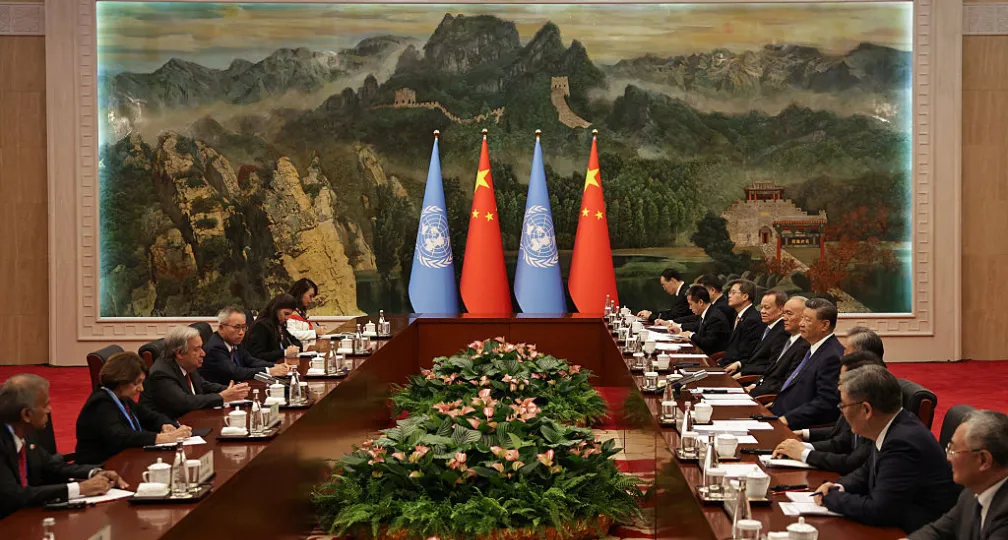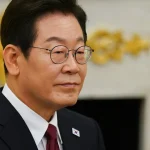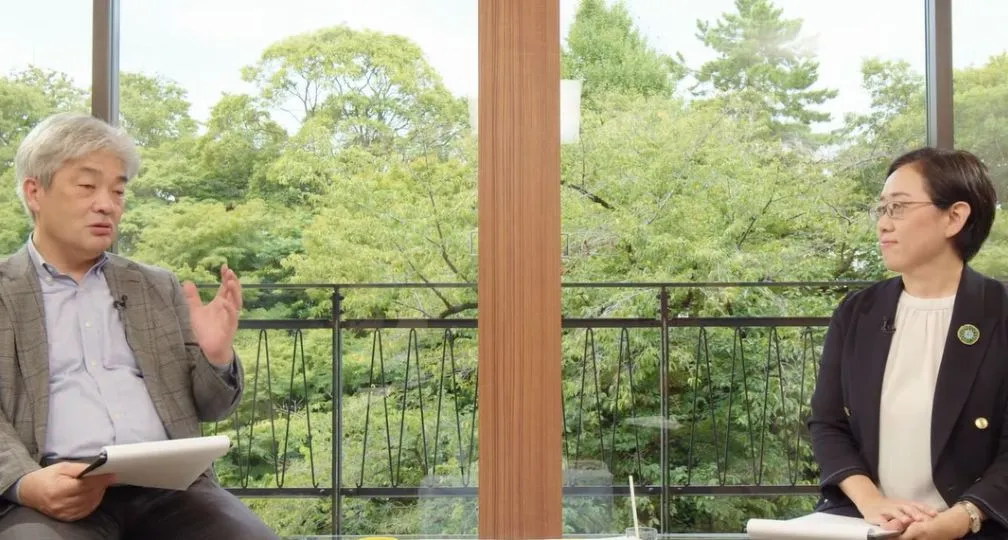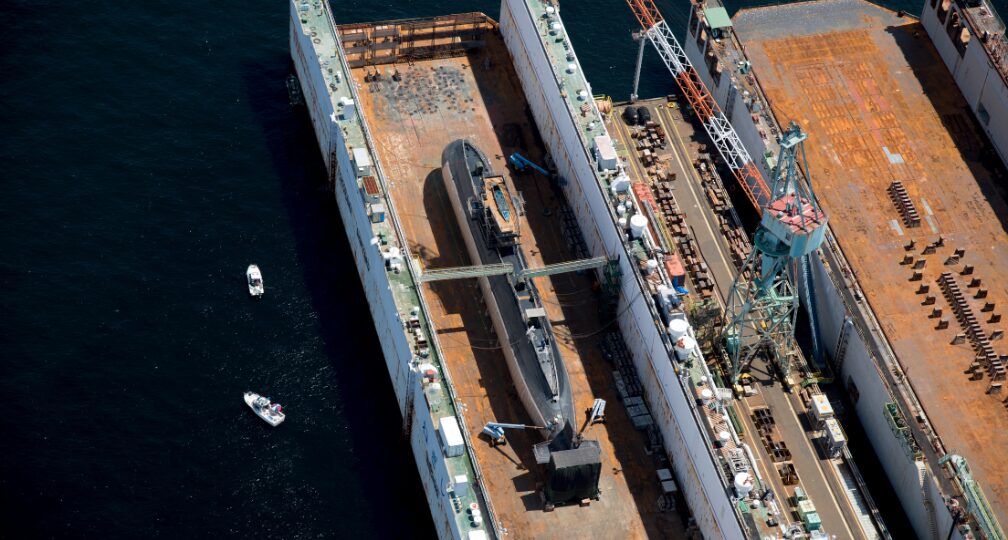Japan’s future security lies in a ‘denial and competition’ strategy

With the documents, the government decided to drastically strengthen its defense power within five years, increase defense spending to 2% of gross domestic product and acquire a long-range counterstrike capability, marking an unparalleled watershed in Japan’s postwar history.
It is not clear, however, what has actually been changed in Japan’s national strategy.
This is because while it is obvious that the security environment surrounding the country is becoming increasingly severe, we can’t determine whether merely expanding defense sizes and roles will be sufficient to ensure the country’s safety.
Inferior to China
It can be said that with the three documents, Japan has adopted a “denial and competition” strategy based on the premise that it is at a disadvantage in competing with China.
Japan’s biggest national security threat is undoubtedly the emerging power of its neighbor.
China’s military spending, which was roughly the same amount as Japan’s defense budget in nominal dollars in 2005, doubled in 2010 and rose some five times in 2020.
While it depends on future economic growth, if Beijing maintained its current level, the expenditures of Japan and China could be at a ratio of 1:10 in the 2030s.
Looking from the perspective of China trying to catch up with the United States, Washington’s long-term strategic competition against Beijing can be seen as a challenge approaching at a relatively slow pace.
However, changes in the power balance between Japan and China are regarded as short-term and rapid, as the gap between the two countries’ defense capabilities is widening at a tremendous pace.
That is why Japan described China as an “unprecedented strategic challenge” in its new National Security Strategy.
Some would say that is why Japan decided to boost its defense spending to 2% of gross domestic product, but even if the country achieved that goal in 2030, it would only amount to a fifth of China’s spending for the same year.
This means Japan will no longer be able to recover the power balance it had with China before 2005. That is the reality of Japan’s strength constantly being inferior to China’s.
Moreover, China’s sphere of influence, which had been limited to within the so-called first island chain enclosing its coastal areas, is now extending to the entire Western Pacific.
The Chinese military’s anti-access/area denial (A2/AD) capability is improving further, with some predicting that the balance of conventional forces between the U.S. and China will also tilt to the advantage of Beijing.
The U.S.’ overwhelming superiority in the strategic environment is no longer evident.
Combining competition and denial
The strategic environment in which the U.S. maintained overwhelming military superiority and Japan had an advantage over China has shifted to an environment in which China has become more dominant.
Japan’s National Defense Strategy states that the country must “fundamentally reinforce defense capability with a focus on opponents’ capabilities and the ways they prosecute warfare” and “actively adapt to new ways of warfare.”
Rather than competing with an opponent on the size of militaristic strength, the document says Japan will aim at possessing a capability that makes the opponent realize that a unilateral change in the status quo is not achievable by military means, and that the damage the opponent will incur will mean an invasion is not worth the cost.
In other words, the government is adopting a strategy that denies adversaries’ operational capability.
The decisive factor for the strategy is to acquire capabilities with which to disrupt and defeat invading forces over long distances, as well as ensuring “asymmetric advantage” by gaining superiority across domains such as underwater, surface and air.
The document also says Japan would need to operate in a swift and persistent manner to crush its opponent’s will to invade.
More specifically, it says Japan will strengthen its defense capability to disrupt and defeat invasions against the country during the period up to 2027, and by approximately 10 years from now, it will reinforce its defense capabilities to the point where Japan is able to disrupt and defeat an invasion much earlier and at places further afield.
Japan’s defense strategy aims to acquire a new advantage by repeating such a denial strategy.
It can be interpreted as combining a strategy of denial at the micro level and a competitive strategy at the macro level.
The main focus of the denial strategy is to deny China’s operational capabilities.
It is a change from the idea of the U.S. overpowering China with sea and air superiority to focusing on asymmetric denial ability to hamper military operations by Beijing.
The U.S. has already made the change, mentioning in its National Defense Strategy released in October the need for an integrated deterrence approach, combining deterrence by denial, deterrence by resilience and deterrence by direct and collective cost imposition.
This indicates a structural shift from the past deterrence strategy focusing on deterrence by punishment.
And, as Hirohito Ogi, a senior research fellow at the Institute of Geoeconomics, pointed out in his article for this series, if Beijing takes military actions aimed at changing the status quo, such as conducting a landing invasion on Taiwan, it will be forced to face the denial capabilities of both the U.S. and Japan.
Hampering windows of opportunity
The Chinese military has its weaknesses. It doesn’t have sufficient fleet air defense and anti-submarine warfare capabilities to protect its warships from air and underwater attacks.
It is particularly difficult for China to conduct joint amphibious operations, the core of a landing invasion.
China’s large-size assets will also face risks of their operational capabilities being asymmetrically cut down by compact assets including anti-ship and anti-ground missiles or unmanned vehicles.
It is important to identify such vulnerabilities of the Chinese forces and avoid offering them windows of opportunity for military operations.
A competitive strategy at the macro level is designed to shake the foundations of emerging adversaries’ power, make them waste their resources on inferior areas and impose costs on expansionist policies, so that Japan can maintain superiority in the areas of national security, economy and political foundation to win a long-term competition.
To do so, it is necessary to deter adversaries from concentrating only on their strong areas and force them to invest in weak and loss-making areas so that they will lose the strength to stay competitive.
In the meantime, it is possible to buy time by taking the lead in next-generation technologies and changing the environment for competition. It is a strategy also underlying private firms trying to secure an advantage in the market.
If the competitive strategy is applied to today’s strategic environment, while it has become difficult to secure a symmetrical advantage in conventional land, sea and air forces, it is still possible to obtain an asymmetrical advantage by being predominant in underwater warfare using mainly submarines and electronic warfare domain, as well as by strengthening cross-domain operational capabilities combining space, cyber, unmanned weapons and directed-energy weapons.
It is important to constantly update superiority in battlefields through adopting such new ways of warfare so that China won’t be able to solidify its superiority.
It will become possible to win a long-term competition against China by making the country invest greatly in its inferior areas and bear costs.
The basic idea for Japan’s defense strategy is to achieve a competitive strategy, within a strategic environment in which China has a superiority, by repeating a denial strategy as a short- and medium-term goal under long-term objectives.
The strategy is focused on maintaining the status quo for the next 10 years through a denial strategy in order to achieve a more stable strategic environment in the 2030s.
Achieving a denial strategy
Amid dynamic changes in the national security environment in which China’s capabilities are extending systematically, it will be possible to maintain the status quo only through conducting a more aggressive denial strategy.
While there are many things that must be done to achieve this, it is possible to focus on three factors.
Firstly, it is necessary to establish a theater denial capability — extending the area for conducting a denial strategy.
Rather than responding to adversaries’ operations with close defense as they approach, it is important to hamper their joint operation capabilities through using longer-distance offshore forces, land-based command and control capabilities and the ability to attack their strategic bases, in order to complicate their strategic calculations.
The U.S. military’s strengthening of in-theater operation capabilities is the essence of this theater denial capability.
Japan acquiring advanced standoff defense capability and counterstrike capability should be perceived as part of theater denial capability.
Secondly, Japan should strengthen cross-domain operational capabilities and also enhance sustainability, tenacity and survivability.
As for the former, it is necessary to include space, cyber and electromagnetic wave domains in the defense buildup and command and control systems cross-sectionally, as well as boldly introducing unmanned assets.
For the latter, it is important to raise the level of ammunition and fuel supplies, maneuvering capability, key infrastructure protection and defense functions of Self-Defense Forces and U.S. military bases to be ready for high-end contingencies.
To prepare for cases in which such facilities and areas become unusable, it is also important to have alternative airports and port facilities within Japan and step up dispersed arrangements of SDF assets through the joint use of U.S. military bases and facilities in like-minded countries.
Thirdly, Japan must further boost its alliance with the U.S. and expand national security cooperation with partner countries in the Indo-Pacific region in line with the objectives of the competitive denial strategy.
The deterrence and response capabilities of the Japan-U.S. alliance will become the foundation of the denial strategy and competitive strength.
Japan should also focus on Australia, South Korea, the Philippines and Singapore as partners that support the U.S. military’s denial strategy.
Tokyo will be able to enhance the effectiveness of its strategy by sharing the competitive denial strategy with these like-minded countries.
Through accumulating such denial and competition strategy, Japan’s national security strategy aims not only to defend the country but also deter unilateral changes to the status quo by force or such attempts in the Indo-Pacific region and shape a security environment that does not accept the changes.
(Photo Credit: UPI / Aflo)
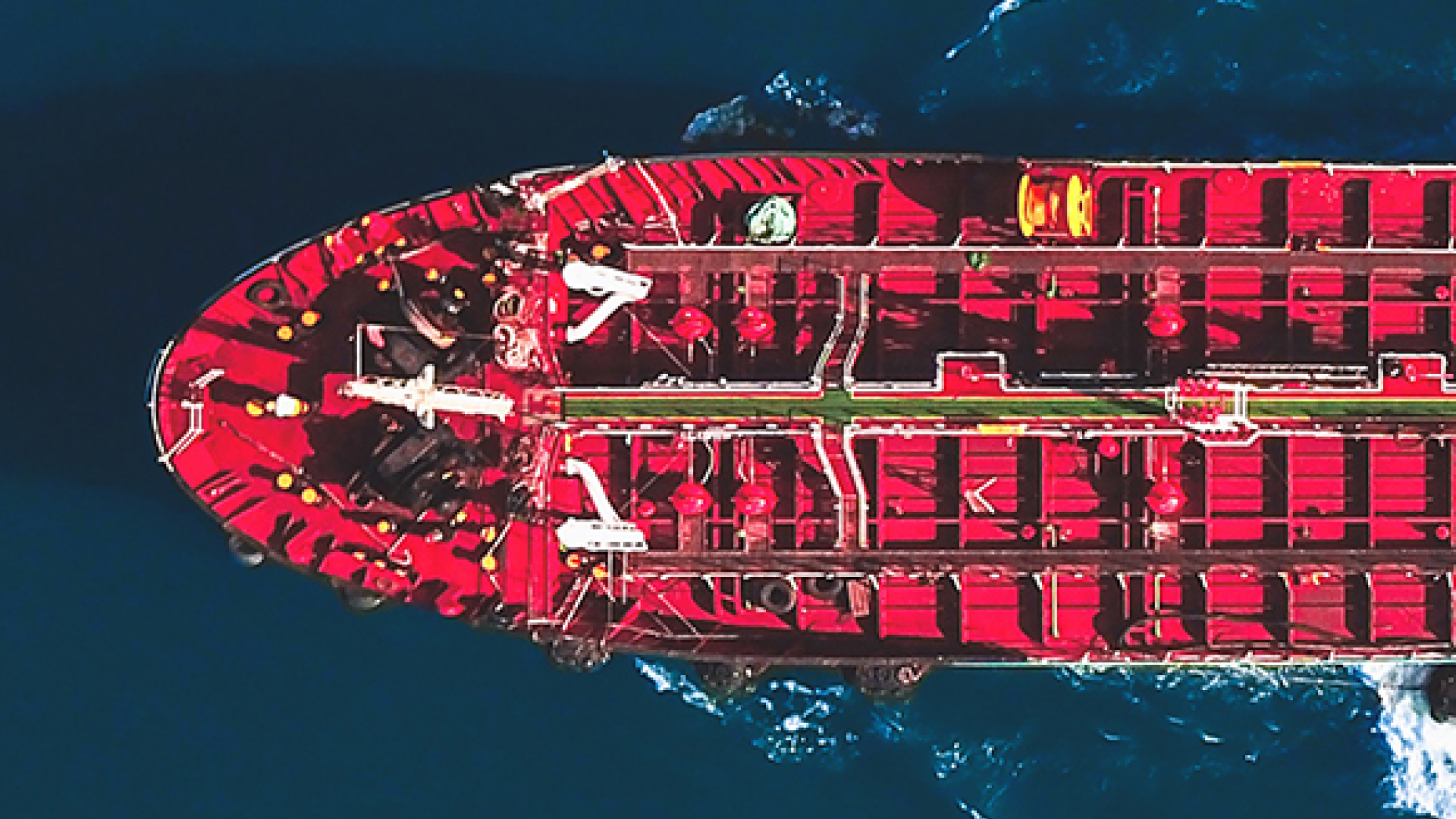
Geoeconomic Briefing
Geoeconomic Briefing is a series featuring researchers at the IOG focused on Japan’s challenges in that field. It also provides analyses of the state of the world and trade risks, as well as technological and industrial structures (Editor-in-chief: Dr. Kazuto Suzuki, Director, Institute of Geoeconomics (IOG); Professor, The University of Tokyo).
Disclaimer: The opinions expressed in Geoeconomic Briefing do not necessarily reflect those of the International House of Japan, Asia Pacific Initiative (API), the Institute of Geoeconomics (IOG) or any other organizations to which the author belongs.
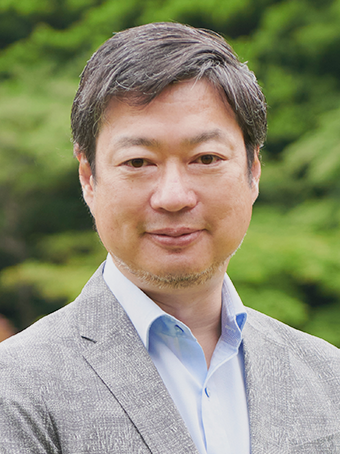

Managing Director (Representative Director), International House of Japan,
President, Asia Pacific Initiative
JIMBO Ken is Professor at the Faculty of Policy Management, Keio University. He served as a Special Advisor to the Minister of Defense, Japan Ministry of Defense (2020) and a Senior Advisor, The National Security Secretariat (2018-20). His main research fields are in International Security, Japan-US Security Relations, Japanese Foreign and Defense Policy, Multilateral Security in Asia-Pacific, and Regionalism in East Asia. He has been a policy advisor for various Japanese governmental commissions and research groups including for the National Security Secretariat, the Ministry of Defense and the Ministry of Foreign Affairs. His policy writings have appeared in NBR, The RAND Corporation, Stimson Center, Pacific Forum CSIS, Japan Times, Nikkei, Yomiuri, Asahi and Sankei Shimbun. [Concurrent Position] Professor, Faculty of Policy Management, Keio University
View Profile-
 Japan-India Defense in a Fragmenting Indo-Pacific2025.12.10
Japan-India Defense in a Fragmenting Indo-Pacific2025.12.10 -
 The “Economic Security is National Security” Strategy2025.12.09
The “Economic Security is National Security” Strategy2025.12.09 -
 India - Japan: The Glimpse of a Shared Vision2025.12.05
India - Japan: The Glimpse of a Shared Vision2025.12.05 -
 Beijing’s ‘Globalist’ Agenda Under Trump 2.02025.12.01
Beijing’s ‘Globalist’ Agenda Under Trump 2.02025.12.01 -
 Trump’s Tariffs Might Be Here to Stay – No Matter Who’s in Power2025.11.28
Trump’s Tariffs Might Be Here to Stay – No Matter Who’s in Power2025.11.28
 Event Report: The Trump Tariffs and Their Impact on the Japanese Economy2025.11.25
Event Report: The Trump Tariffs and Their Impact on the Japanese Economy2025.11.25 The Real Significance of Trump’s Asia Trip2025.11.14
The Real Significance of Trump’s Asia Trip2025.11.14 The long road to a South Korea-U.S. trade deal2025.11.26
The long road to a South Korea-U.S. trade deal2025.11.26 The “Economic Security is National Security” Strategy2025.12.09
The “Economic Security is National Security” Strategy2025.12.09 India’s Structural Reforms: Opportunities and Risks2025.11.14
India’s Structural Reforms: Opportunities and Risks2025.11.14





